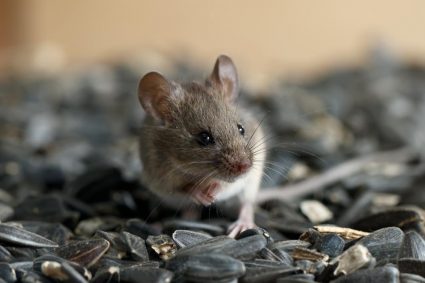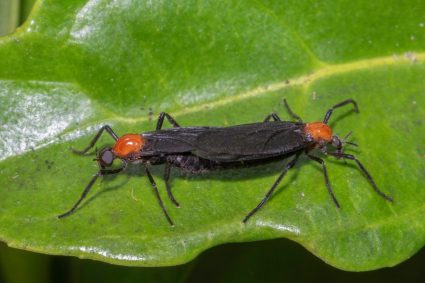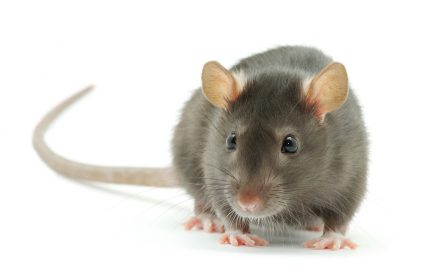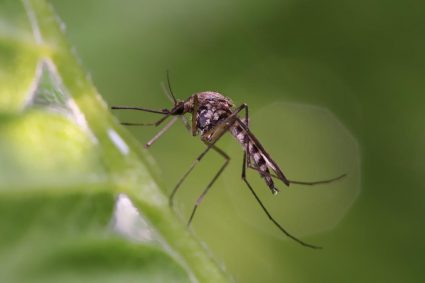
Birds, with their vibrant plumage and diverse species, have a unique perception of color. Unlike humans, they can see a wider range of colors, including ultraviolet light. But did you know that birds are also afraid of certain colors? This article dives into the fascinating world of avian color perception, and explores the colors that birds tend to avoid and why.
Birds are generally afraid of bright and bold colors such as white, black, deep brown, orange, red, and yellow. These colors can signal danger or resemble predators, causing fear and avoidance responses in birds. However, individual color perceptions can vary among bird species due to factors such as their environment, food sources, and individual experiences.
Birds’ Fear of Colors: An Overview
Birds generally perceive bright colors as threatening or intimidating. In nature, bright colors often signify danger or the presence of predators. For example, white is a color that many birds avoid, as it signals alarm and danger to them. Additionally, birds may be frightened by bold colors displayed by other species, which could deflect predators from attacking them. However, individual color perceptions can vary among bird species and may be influenced by factors such as their environment, food sources, and individual experiences.
The Science Behind Birds’ Color Fear
Birds’ fear or aversion to certain colors can be attributed to their unique color perception, associations with danger or negative experiences, and aposematism. Aposematism refers to the advertising of unprofitability by an animal to potential predators, often through conspicuous coloration, sounds, odors, or other perceivable characteristics. Birds can learn to avoid such colors through personal experience or by observing other birds’ reactions to these colors, a phenomenon known as “social transmission”.
Bird Species and Color Aversion
Many bird species display an innate aversion to dark colors, such as black or deep brown, as these colors are often associated with predators or lack of rewards. Birds also tend to avoid sudden contrasting patterns used to deter roosting. Some studies have found that birds dislike bright and flashy colors like orange, red, and yellow, as these colors may signal danger or resemble predators.
Birds’ Advanced Color Perception
Birds have a more advanced color perception than humans due to the presence of additional color cones in their retinas. While humans have three types of color-sensitive cones (red, green, and blue), birds have a fourth type that is sensitive to ultraviolet (UV) light. This allows birds to see colors that are invisible to humans, including combination colors like ultraviolet+green and ultraviolet+red. This enhanced color perception helps birds find food, attract mates, escape predators, and navigate their environment.
Impact on Bird-Human Interactions
Birds’ color fears can influence their interactions with humans. Birds may perceive certain colors as threats or associate them with predators, leading to avoidance or fear responses. For example, bright colors like red and yellow may resemble predators to some bird species, causing them to avoid objects or areas with these colors.
Color Fears and Bird Conservation
Understanding birds’ color fears can aid in better bird conservation practices by helping researchers and conservationists develop more effective strategies to protect and manage bird populations. For example, knowing birds’ color preferences can inform the design of bird feeders and guide habitat restoration efforts.
In conclusion, birds’ fear or aversion to certain colors can be attributed to their unique color perception, associations with danger or negative experiences, and aposematism. Understanding these factors can help us better manage their habitats and interactions with humans and other animals.
Frequently Asked Questions
Can birds see all colors?
Yes, birds can see all colors that humans can see, and even more. They have a fourth type of color-sensitive cone in their retinas that can detect ultraviolet light, allowing them to see colors that are invisible to humans.
Are there any specific bird species known for their color aversion?
While many bird species have shown aversion to certain colors, it’s difficult to generalize as individual color perceptions can vary among species. However, research has shown that birds like pigeons and sparrows tend to avoid flashy colors like red and orange, associating them with danger or predators.
How can understanding birds’ color fears help in bird conservation?
Understanding birds’ color fears can aid in better bird conservation practices. Knowing their color preferences can inform the design of bird feeders and guide habitat restoration efforts, making these more appealing and safe for birds, and thus helping to protect and manage bird populations.
Does the color of bird feeders matter?
Yes, the color of bird feeders can matter as birds may avoid certain colors they associate with danger or predators. Using colors that birds are comfortable with can attract more birds to the feeder.
Can birds’ color fears change over time?
Yes, birds’ color fears can change over time due to factors like changes in their environment, food sources, and individual experiences. Their aversion to certain colors can also be influenced by “social transmission”, where they learn to avoid certain colors by observing other birds’ reactions.











